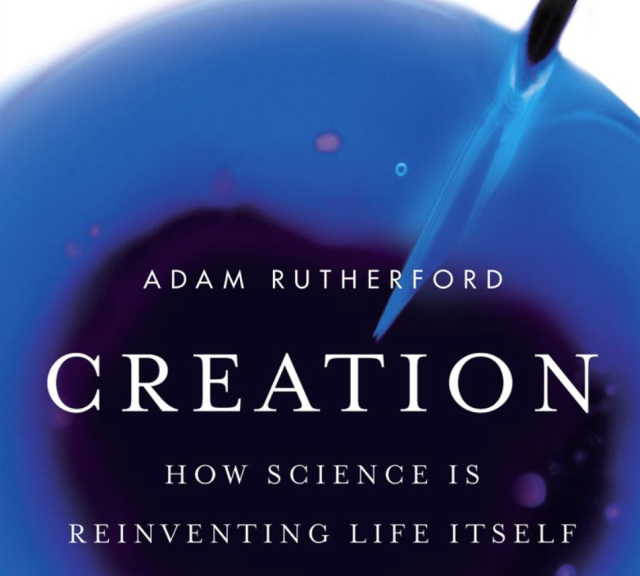A journey to life’s beginnings
Ars Technica » Scientific Method 2013-11-02

Life, biologists would tell us, is one of the last great mysteries. It is hard to define, even in an "I know it when I see it" fashion, making it tricky to study. Yet, as I sit here at a scientific meeting, I take some comfort that I am not alone in my ignorance. The concluding slide of the last presentation clearly demonstrates that the more you know, the more you realize you don't know.
And yet I have come to treasure my ignorance, because it makes what we do learn even more pleasurable. That is what Adam Rutherford's book Creation is: a pleasure to read. The curtain that hides the complexity of the inner working of the cell is momentarily tweaked aside, allowing a glimpse of the backstage bustle of DNA, RNA, ribosomes, and proteins. Hell, I still don't even know what half of that stuff is, but Rutherford has convinced me that I do now—a testament to his explanatory skills.
As the title of the book suggests, Rutherford is aiming for nothing less than to explain the beginnings of life: what did that moment, where non-living organic chemistry transformed into living organic chemistry, look like? In order to get from molecules to life, we end up delving deep into the inner workings of modern life: the messy elegance of the molecular machines that underly our macroscopic being; the highly redundant three-letter DNA codes that limit life to something like 20 amino acids; the beauty of cell membranes, and the majesty of the machine called the ribosome that translates strips of RNA into strips of protein. All have their moment center stage in the biochemical drama that is life.
Read 10 remaining paragraphs | Comments




